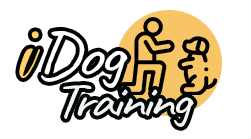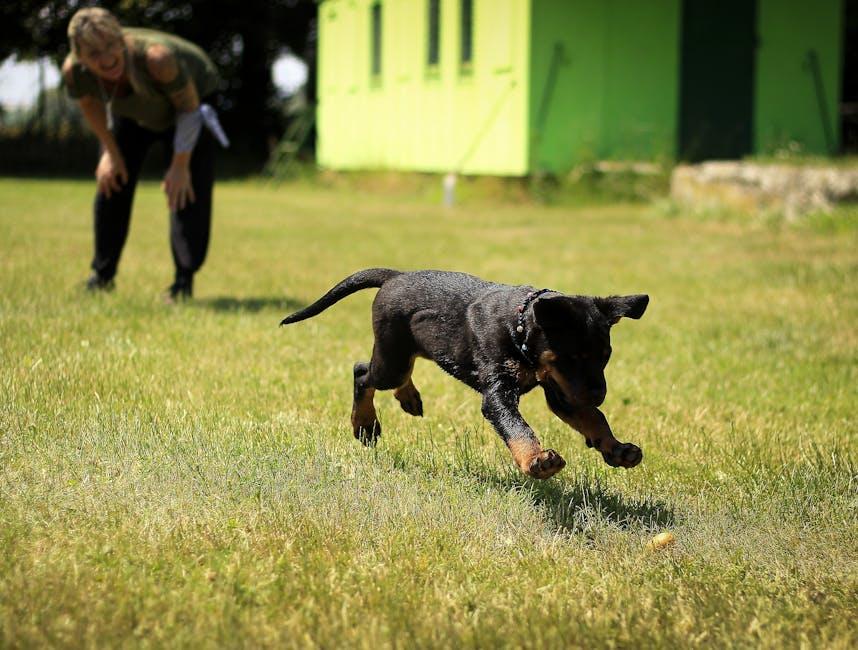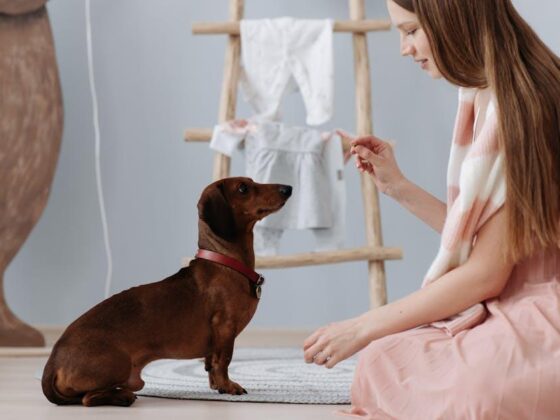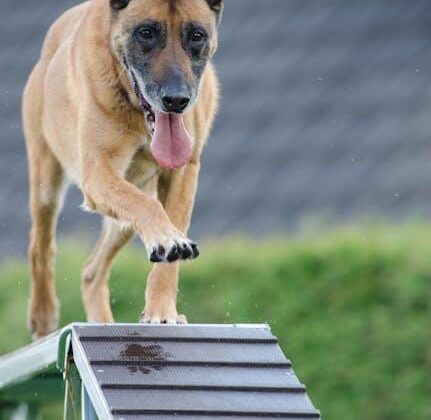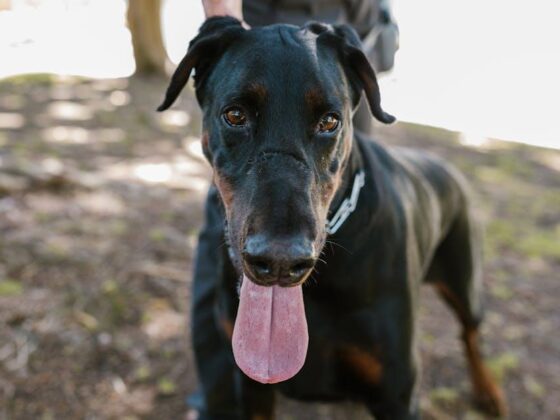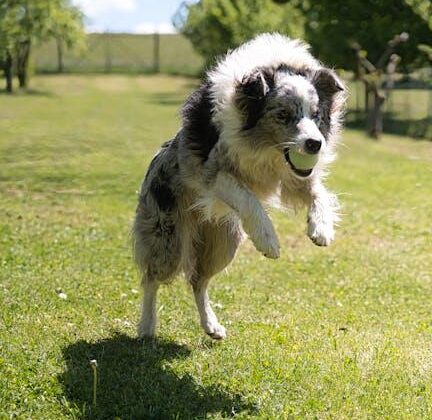Are you ready to turn your living room into a dog training dojo? Whether you’re a proud new puppy parent or you’ve got a seasoned canine companion who’s been chewing on your shoes for way to long, mastering dog training at home can be a fun and rewarding experience for both you and your furry friend. In this article, we’re diving into some tail-wagging tips and tricks that will not only help you teach your dog the basics but also build a stronger bond between the two of you. From fun games to helpful techniques, we’ll share everything you need to know to make training a breeze—and maybe even a little silly! So grab some treats, buckle up, and let’s embark on this exciting journey to become the ultimate dog-training duo!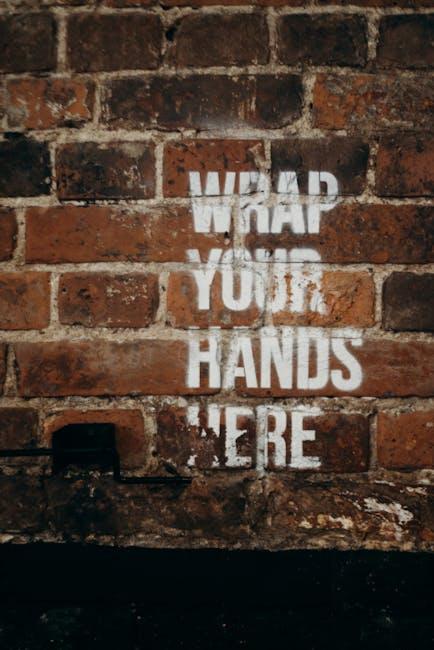
Creating a Cozy training Space for Your Pup
When setting the stage for your pup’s training,comfort is key! the space shoudl reflect a calm and inviting atmosphere,allowing your furry friend to feel relaxed and focused. Consider dedicating a specific corner of your home for training sessions. Use soft, cozy mats or dog beds, and surround the area with their favorite toys. This not only makes it agreeable for your dog but also associates training with positive feelings. Ensure the space is free from distractions, like loud noises or bustling activity, so your pup can concentrate on learning.
lighting can significantly enhance the surroundings; opt for warm, natural light when possible. You might create a schedule that includes training sessions during quieter times of day. hear are some tips on how to set up a snug training space:
- Add soft bedding: A comfortable mat or a dog bed that invites your dog to settle down.
- Include favorite toys: Items they love can serve as rewards or keep them engaged.
- Limit distractions: Choose a quieter part of the house away from busy areas.
- Keep it tidy: A clean space helps in maintaining focus during training.
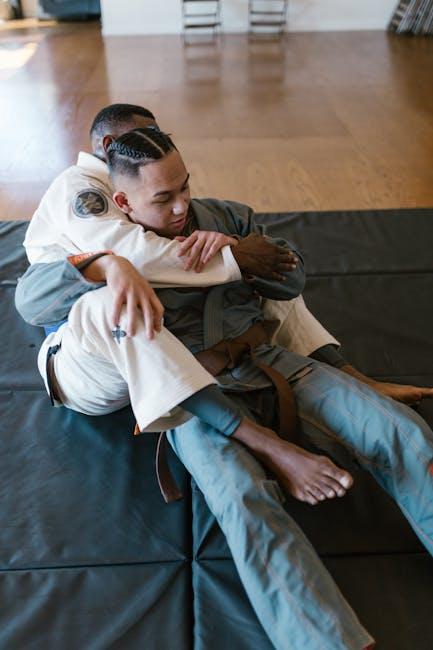
Fun and Engaging Training Techniques to Use at Home
Transforming your living room into a dog training arena doesn’t have to be dull! Get creative with training sessions by incorporating games that stimulate your pup’s mind and body. Hide and Seek is a fantastic option—ask your dog to stay, hide somewhere in the house, and then call them to find you.You’ll both enjoy the thrill of surprise and it strengthens your bond. Another fun technique is Obstacle Courses; use household items to create hurdles and challenges.This not only keeps your dog physically active but also helps them learn to navigate different environments.
Don’t forget the power of Positive Reinforcement! Celebrate small victories with treats, a favorite toy, or lots of praise.This encourages your furry friend to keep trying and makes training feel like a rewarding game rather than a chore. Additionally, schedule Themed Training Days: one day could be dedicated to tricks, another to commands like sit and stay, and so on.This variety prevents boredom and keeps both you and your pet excited about learning new things. Here’s a quick ideas table to inspire you:
| Activity | Benefits |
|---|---|
| Hide and Seek | Enhances recall and strengthens bond |
| obstacle Course | Improves agility and problem-solving |
| Themed Training Days | Keeps training interesting and diverse |
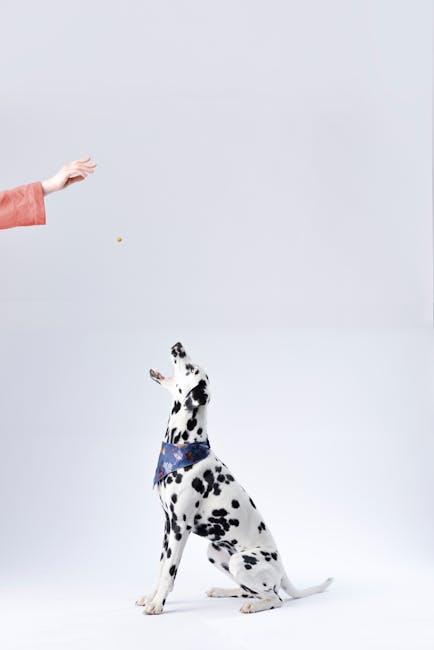
Mastering the Basics: Essential Commands Every Dog Should Know
Training your pup doesn’t require a degree in canine psychology; mastering a few essential commands can set you both up for success and make your home life easier. Here are some critical commands that every dog should know:
- sit: A foundation command that helps to settle your dog in many situations.
- Stay: Teaches your dog to remain in one place, which is handy during chaotic moments.
- come: Essential for safety and calling your dog back to you when they’re off-leash.
- Leave it: An important command to help your dog ignore unwanted items or distractions.
- Drop it: Encourages your dog to release objects they have picked up, perfect for preventing chewing disasters.
Each of these commands can become a fun game during training sessions, filled with positive reinforcement and treats! Use a consistent approach and keep training sessions short and lively to maintain your pup’s interest. To track your progress,consider using a simple table to chart your dog’s mastery of each command:
| Command | Progress |
|---|---|
| Sit | ✔️ Mastered! |
| Stay | 🔄 In Progress |
| Come | ✔️ Almost There! |
| Leave it | 🔄 Need More Practice |
| Drop it | ✔️ Mastered! |
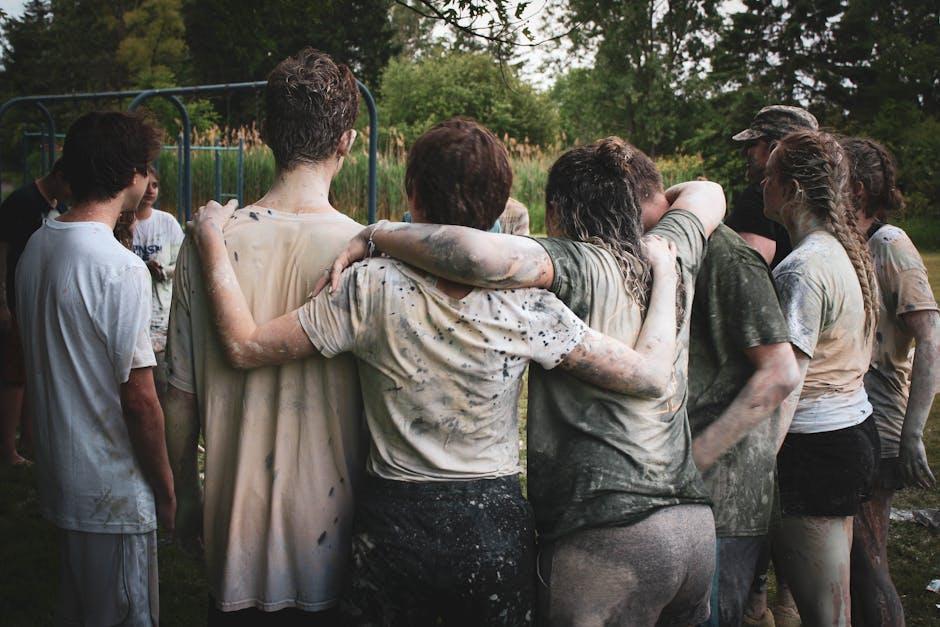
Building a Strong Bond Through Play and Training
play and training are more than just ways to teach your dog commands; they’re essential experiences that nurture your relationship.Engaging in activities like fetch, tug-of-war, or hide and seek can turn mundane obedience training into an exciting adventure for both of you. Not only does this make learning fun, but it also encourages your furry friend to bond with you over shared joyful moments. Here are some ways to enhance your training sessions through play:
- Incorporate Toys: Use your dog’s favorite toys as rewards during training.
- Short Sessions: Keep training sessions brief and fun, ideally 5-10 minutes long.
- Celebrate Success: Celebrate each small victory with a playful game.
Consistency in training, paired with playful interactions, creates a trusting environment where your dog feels secure and motivated. It’s all about creating positive associations with learning! use a mix of verbal praise,pets,and a follow-up game to reinforce good behaviour.Take it a step further by setting up a simple training schedule, as shown in the table below, to keep track of your dog’s progress while also ensuring you squeeze in some playtime:
| Day | Activity | Duration |
|---|---|---|
| Monday | Basic Commands Training | 10 mins |
| Tuesday | Play Fetch | 15 mins |
| Wednesday | Agility Exercises | 20 mins |
| Thursday | hide and Seek Game | 15 mins |
| Friday | Obedience Training | 10 mins |
Q&A
Q&A: mastering Dog Training at Home: Tips for Fun and Success!
Q: What’s the first step I should take to start training my dog at home?
A: First things first—set the mood! Create a cozy, distraction-free zone in your house where you and your pup can focus. Grab some treats (you know, the good ones!) and start with basic commands like “sit” or “stay.” It’s all about building that connection and making training a fun game!
Q: How can I make training fun for my dog?
A: Dogs love variety! Use toys,treats,and different locations around your home or yard to keep things exciting. Play games like hide-and-seek or use an interactive toy that dispenses treats. Remember, the goal is to associate learning with good vibes and wagging tails!
Q: My dog seems to struggle with commands.Any tips on keeping him motivated?
A: absolutely! Every pup is different—so it’s critical to find out what makes your dog tick. Is it food? Toys? Belly rubs? Use whatever motivates them most as a reward. And don’t forget to mix in plenty of praise! Reinforce positive behavior with excitement and enthusiasm. You’ve got this!
Q: Should I stick to training sessions at a certain time of day?
A: While there’s no one-size-fits-all answer, consistency is key! Pick a time when you and your dog are both alert and ready to have some fun—maybe after a walk or before mealtime when they’re a bit hungry. Short, regular sessions (think 5-10 mins) are generally better than lengthy marathons. Keep it fresh!
Q: What if my dog doesn’t respond to commands right away?
A: Patience is your best friend! If your dog isn’t getting it, go back a few steps.Is the command clear? Maybe they need a little more time or a different approach. Practice, practice, practice—and above all, stay positive! Dogs can snatch up your vibes, so if you’re smiling, they’ll be more eager to engage!
Q: How do I deal with distractions during training?
A: Distractions can be the ultimate training buzzkill, right? Start in a calm environment, gradually introducing more distractions as they get the hang of it.If they lose focus, gently redirect their attention back to you. And let’s be real—you might need to be extra engaging (cue the silly dance moves) to pull their focus back!
Q: How can I handle my dog’s behavioral issues at home?
A: It all starts with understanding your pup! Instead of punishing unwanted behaviors, focus on redirecting them. For instance, if they’re chewing on your favorite shoes, provide an enticing chew toy instead! work on training commands that can help curb that mischief. And remember: every dog has its own quirks—embrace the goofy!
Q: What’s the biggest mistake people make when training their dogs?
A: One of the biggest oopsies is inconsistency! Whether it’s confusing commands or varying rewards, inconsistency can lead to a puzzled pup. Keep commands short and sweet, always use the same words, and be sure everyone in your household is on the same page. Teamwork makes the dream work!
Q: Any last tips for mastering dog training at home?
A: Have fun with it and cherish the journey! Every moment spent training is a step towards a stronger bond with your fur-baby. Celebrate small victories, be patient with the learning curve, and don’t forget to take plenty of breaks and snuggle time. Happy training!
—
Feel free to reach out in the comments below with your own dog training experiences! We’d love to here how you’re mastering the art of training at home. 🐾✨
In Retrospect
And there you have it! With a little patience, a sprinkle of creativity, and lots of love, mastering dog training at home can become one of the most rewarding adventures you’ll embark on with your furry friend. Remember, every pup is unique, and what works for one might not work for another—so don’t hesitate to mix things up and find your own groove. Keep those training sessions upbeat and engaging, and always celebrate the small victories, because they all count!
So grab those treats, lace up your sneakers, and let the fun begin! Your dog’s not just a pet; they’re a family member, and every moment spent training is a step towards a happier, more harmonious life together. Happy training, and don’t forget to share your progress and adorable pup pics with us! Woof woof! 🐾❤️
